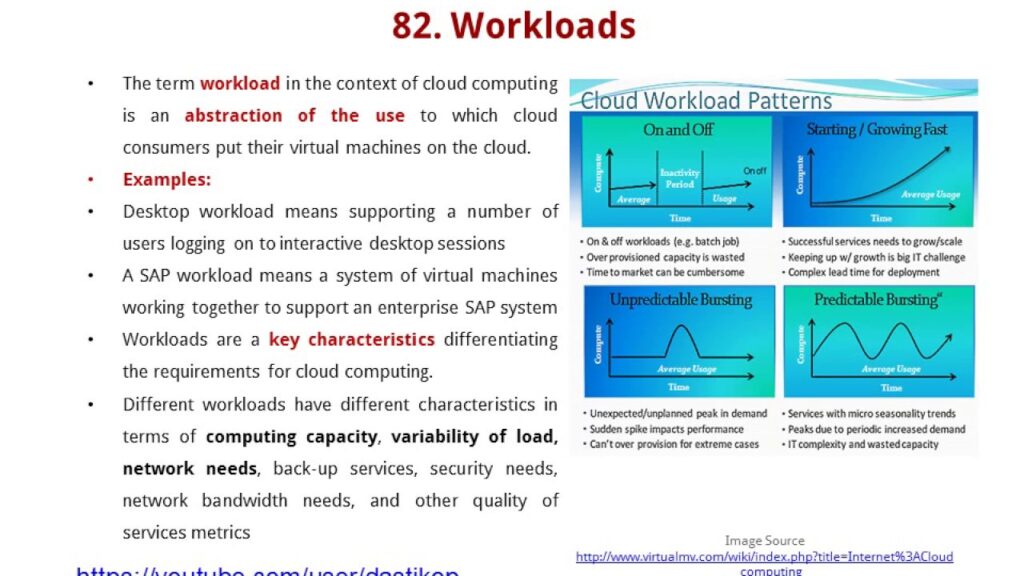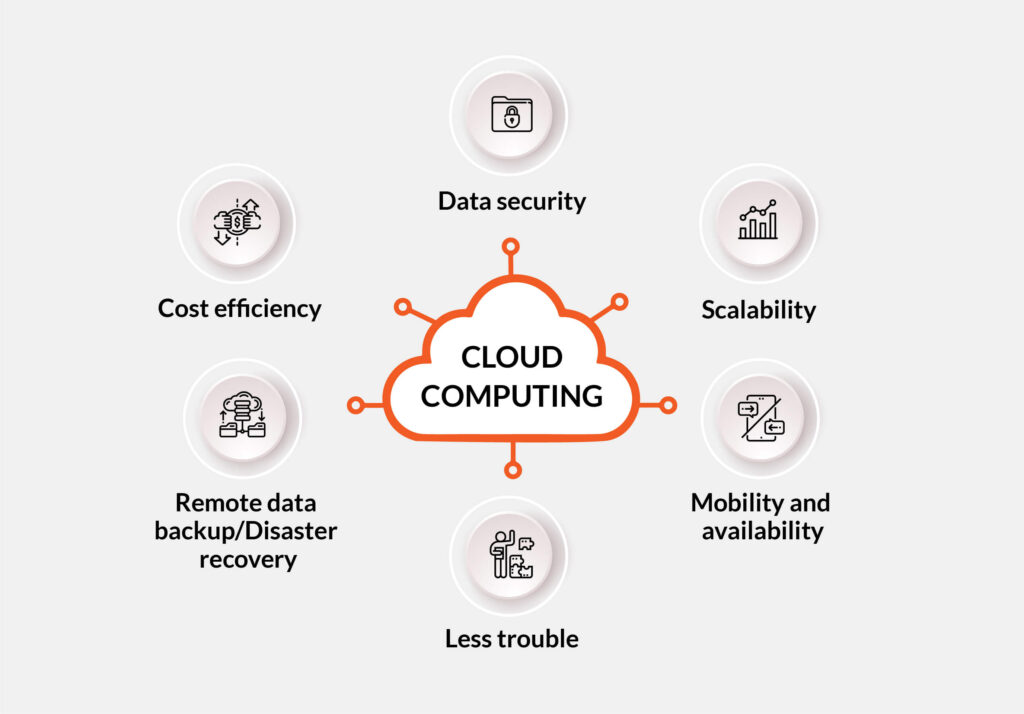Have you ever tried explaining a zero-day vulnerability to your grandmother? Or delving into the mechanics behind ransomware with a friend who still writes their usernames and passwords on sticky notes?
If you’re in the cybersecurity industry, you’ve likely encountered these challenges—conveying highly technical concepts to non-technical audiences.
While it may initially seem like a minor issue, this can actually hinder business growth, particularly when aiming for widespread media coverage. Journalists serve as the gatekeepers to the publications your potential clients and investors consume daily. However, many journalists lack the technical expertise to grasp the value your company provides, let alone translate it effectively.
The Importance of Clear Communication
Coverage of cybersecurity in the media has surged in recent years. Whether it’s major data breaches, ransomware attacks on institutions, or privacy concerns arising from corporate actions, these events frequently grab headlines. Yet, much of the reporting oversimplifies complex issues or misinterprets technical details.
Those in the cybersecurity field have likely cringed while reading articles that describe hacking as merely “breaking into computers” or label all cybercriminals as “hackers,” regardless of their methods or motives.
The gap between accurate technical information and accessible media coverage isn’t just frustrating—it can be detrimental. When the public and policymakers don’t understand cybersecurity threats correctly, they struggle to make informed decisions about their digital security or establish effective regulations.
Bridging the Gap
You are knowledgeable in your field. The challenge lies in conveying your expertise and insights without losing the nuances. The devil is in the details. Here are some tips for bridging this communication gap:
Start with Impact, Not Mechanics: Frame your explanations in a way that highlights the consequences rather than diving straight into technical details.
Use Concrete Examples: Make abstract concepts more understandable by providing specific scenarios and analogies.
Avoid Acronym Overload: Spell out technical terms or find plain-language alternatives to ensure clarity for non-specialists.
Achieving Balance in Media Relations
To excel in cybersecurity public relations, you must strike a balance between technical accuracy and public accessibility. Consider yourself a translator between the technical security landscape and the media environment, each with its language and constraints.
When engaging with journalists, aim to provide information that is both technically sound and story-ready. Reframe complex ideas to reveal their significance to broader audiences. When interacting with the media, consider the following:
Understand Their Audience: Tailor your information based on whether the outlet is technical or general news.
Be Mindful of Deadlines: Provide clear, concise explanations to help journalists meet tight time constraints.
Utilize Visual Aids: Diagrams, infographics, or illustrations can enhance understanding beyond words alone.
Remember, cybersecurity public relations isn’t about garnering any coverage—it’s about securing accurate coverage that advances public understanding and maintains your technical credibility.
Avoiding Common Pitfalls
When engaging in cyber PR, avoid oversimplifying or exaggerating threats. Stay true to technical accuracy without resorting to scare tactics. Connect technical issues to broader implications to ensure clarity for journalists and audiences.
In Conclusion
Explaining cybersecurity to the media isn’t about dumbing things down—it’s about shedding light on complex topics. Assist journalists in telling a compelling story by providing straightforward, honest, and accurate explanations. By doing so, you not only help journalists but also empower others to better understand digital security.
(Image source: Pixabay)



